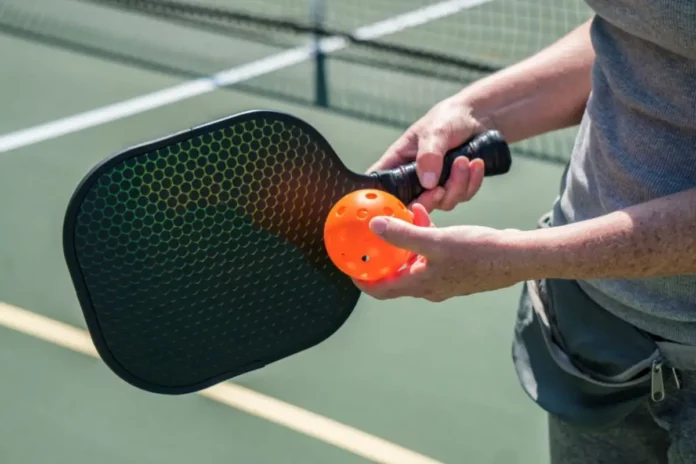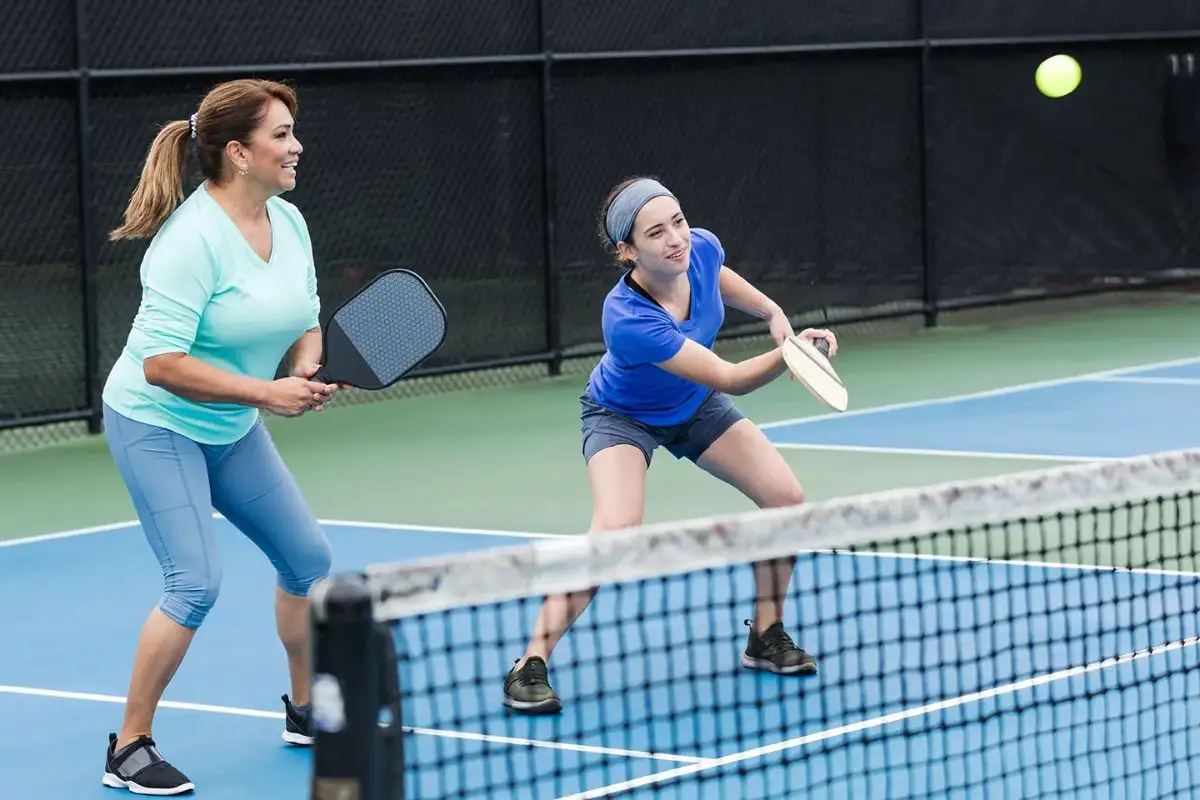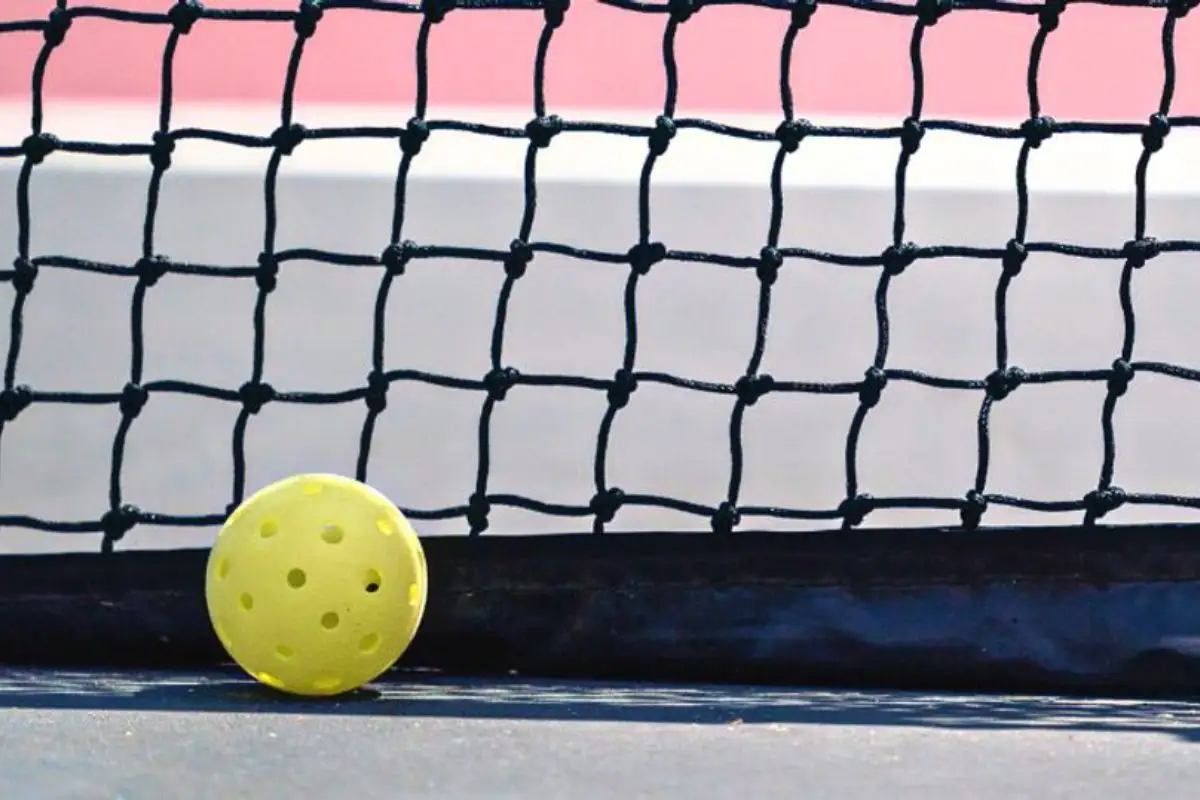Launching an Indoor Pickleball Center: As the popularity of pickleball continues to surge, the demand for dedicated indoor pickleball facilities is growing. However, turning this demand into a successful business requires more than just building courts. It requires careful planning, strong operational systems, and a focus on community engagement. Below are 10 key strategies for establishing and maintaining a profitable indoor pickleball facility.
1. Establish Strong Operational Systems Early On
Success begins with a well-defined system. Ace Rodriguez, the founder of Pickleball Kingdom, emphasizes the importance of creating a comprehensive system to manage daily operations and long-term strategies. His 120-page manual, “The Keys to the Kingdom,” serves as a blueprint for ensuring consistency and efficiency in running an indoor pickleball business.
“Creating the system of the business was the mission-critical challenge.” – (Ace Rodriguez)
Pro Tip: Documenting each step of the business process, from membership management to court bookings, helps streamline operations and ensures smooth day-to-day functioning.
2. Cultivate a Loyal, Community-Centered Environment
A pickleball facility should be more than just a place to play—it should serve as a community hub. Pickles New England has successfully focused on engagement through leagues, social events, and clinics, ensuring players feel a sense of belonging and connection beyond the game.
Success Strategies
- Community-Centric Programs: Offering leagues, clinics, and social events fosters strong connections among players.
- Engagement Beyond the Game: Facilitating friendships and a sense of ownership makes players more likely to return and bring others.
Ace Rodriguez notes that when members feel connected to the facility, they become natural ambassadors, encouraging friends to join and helping to build a loyal customer base.
“When you have raving fans within your business, they will help you to grow it. They take ownership in their own way of the club. They invite their friends and they become ambassadors of it. And they are fantastic at being our unofficial welcoming party on the courts!” – (Ace Rodriguez)
3. Choose the Location Strategically
Location plays a pivotal role in the success of a pickleball facility. Understanding the local market and climate is crucial. For example, in colder regions like New England, winters drive demand for indoor courts, but they also raise energy costs. Therefore, strategic revenue diversification is key to balancing the highs and lows of seasonal demand.
“In New England, where seasonal demand for indoor courts fluctuates, diversifying revenue streams is key. Pickles balanced traditional membership income with additional revenue from events, court rentals, equipment rental, branded Pickles apparel, and sponsorships.” – (Dustin DeMeritt)
Key Considerations:
- Climate and Local Demographics: A deep understanding of the local market helps tailor offerings to meet community needs.
- Partnerships with Local Businesses: Collaborating with nearby businesses or sports brands can help expand the reach and financial stability.
Choosing the right location will ensure the facility becomes an integral part of the community.
4. Diversify Revenue Streams Beyond Membership Fees
While memberships will form the backbone of the business, relying solely on them can limit growth potential. Successful pickleball facilities, such as Pickles New England and Pickleball Kingdom, have capitalized on additional revenue sources like court rentals, equipment sales, and lessons.
Revenue Streams to Explore:
- Events and Tournaments: Hosting special events and tournaments can draw in new players and generate additional income.
- Skill Development: Offering clinics, private lessons, and equipment rentals are excellent ways to increase revenue.
Exploring these diverse revenue sources will help maintain profitability year-round.
View this post on Instagram
5. Hire and Train a Top-Tier Staff
A skilled and friendly staff is critical to the success of a pickleball facility. From customer service representatives to experienced instructors and maintenance personnel, a well-trained team ensures a positive experience for every player. Both Dustin DeMeritt and Ace Rodriguez stress that top-notch staff contribute to a welcoming, customer-first atmosphere.
Focus on Staff Development:
- Comprehensive Training Programs: Pickleball Kingdom’s “Keys to the Kingdom Training Week” ensures that franchisees adhere to high operational standards.
- Customer Service Excellence: Providing exceptional service is essential for member satisfaction and retention.
6. Stay Ahead of Industry Trends
The pickleball industry is rapidly evolving, and staying ahead of emerging trends is vital for maintaining relevance. Pickleball facilities need to adapt to changes in equipment, technology, and player preferences.
Ace Rodriguez points out that while initial success is built on a strong foundation, long-term success depends on continuously adding value to the player experience.
“If you build it, they will come—once. To make them stay, keep adding value.” – (Ace Rodriguez)
Evolving with the Sport:
- Adopting New Technologies: Pickleball facilities should keep up with the latest equipment trends and innovations.
- Expanding Programming: Offering new play formats or specialized clinics can attract a diverse player base.
Adapting to the sport’s evolution ensures a facility remains competitive and appealing to new and experienced players.
7. Use Data to Drive Smarter Decisions
Tracking key metrics—such as court usage, membership renewals, and peak hours—enables facility owners to make informed decisions about scheduling, programming, and promotions. Data-driven insights lead to better operational efficiency and allow businesses to tailor their offerings more effectively.
Utilize Data for Improvement:
- Track Member Behavior: Understanding members’ preferences and habits allows for more personalized services.
- Invest in Smart Technology: Implementing automated systems for data collection helps streamline decision-making and improve overall service.
8. Maintain a Clean, Modern Facility
A clean, well-maintained facility sends a message of professionalism and care. Routine upkeep and timely repairs help maintain the quality of the space and ensure that it remains inviting for players. Pickleball facilities should prioritize cleanliness and comfort to keep players returning.
Maintenance Strategies:
- Proactive Upkeep: Regular repairs and seasonal updates help maintain the facility’s appeal.
- Social Media Engagement: Highlighting improvements or updates on social media generates excitement and engagement among the community.
View this post on Instagram
9. Harness the Power of Social Media
An active and engaging social media presence is an essential tool for marketing and community building. By sharing event highlights, pickleball player achievements, and facility updates, businesses can attract new members and strengthen relationships with existing ones. Social media also plays an important role in brand building.
Social Media Tips:
- Engage Regularly: Posting regular updates and celebrating milestones can create a sense of connection.
- Leverage Email Marketing: Sending newsletters and event reminders helps keep the community engaged and informed.
Ace Rodriguez also utilizes social media to attract potential franchisees, expanding the facility’s reach and brand recognition.
10. Build a Strong Brand Identity
A pickleball facility’s brand identity is crucial for distinguishing itself in a crowded market. Whether the focus is on advanced players, families, or beginners, a clear and consistent brand message helps pickleball players feel connected and loyal to the facility.
Branding Best Practices:
- Clarify the Mission: Communicate the facility’s core values and vision to members.
- Create Emotional Connections: Building a brand that players feel personally invested in increases loyalty and long-term success.
News in Brief: Launching an Indoor Pickleball Center
Indoor pickleball facilities are increasing, but success depends on strategic planning. Key tips include establishing strong operational systems, creating a community-centered environment, and diversifying revenue beyond memberships. Location is crucial, as is hiring skilled staff and staying ahead of pickleball industry trends.
Data-driven decisions, clean pickleball facilities, and a strong social media presence are vital for growth. By focusing on these areas, pickleball businesses can thrive, offering long-term success and a loyal pickleball player base.
ALSO READ: Georgetown’s Must-Visit Pickleball Courts to Sharpen Your Skills




